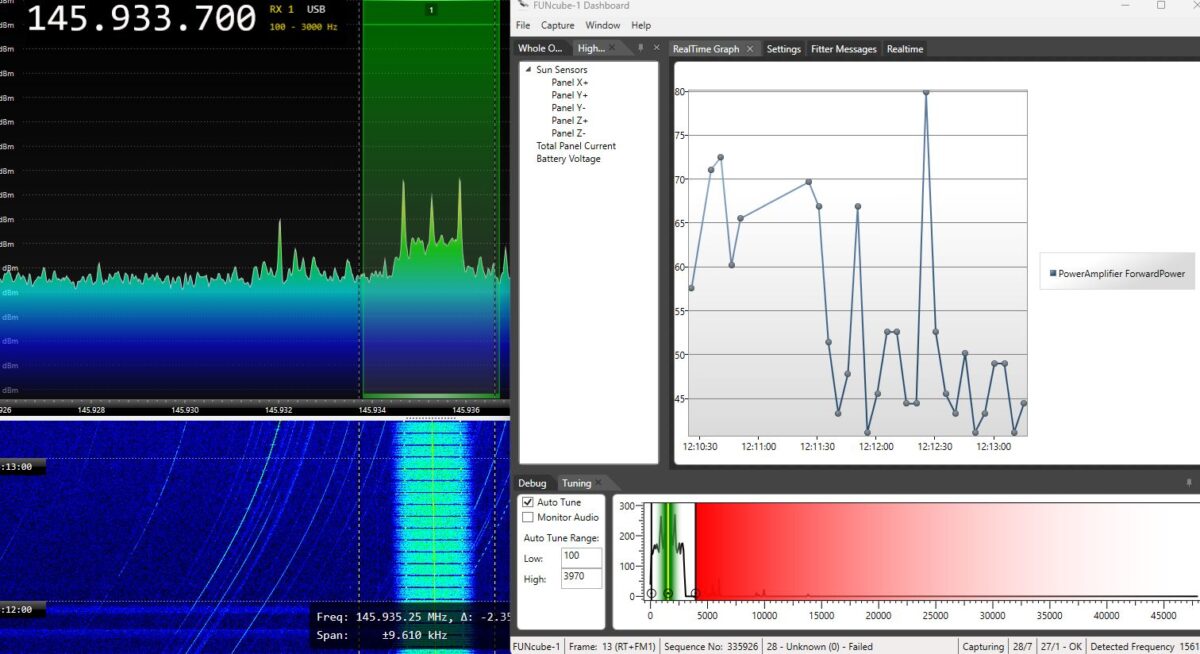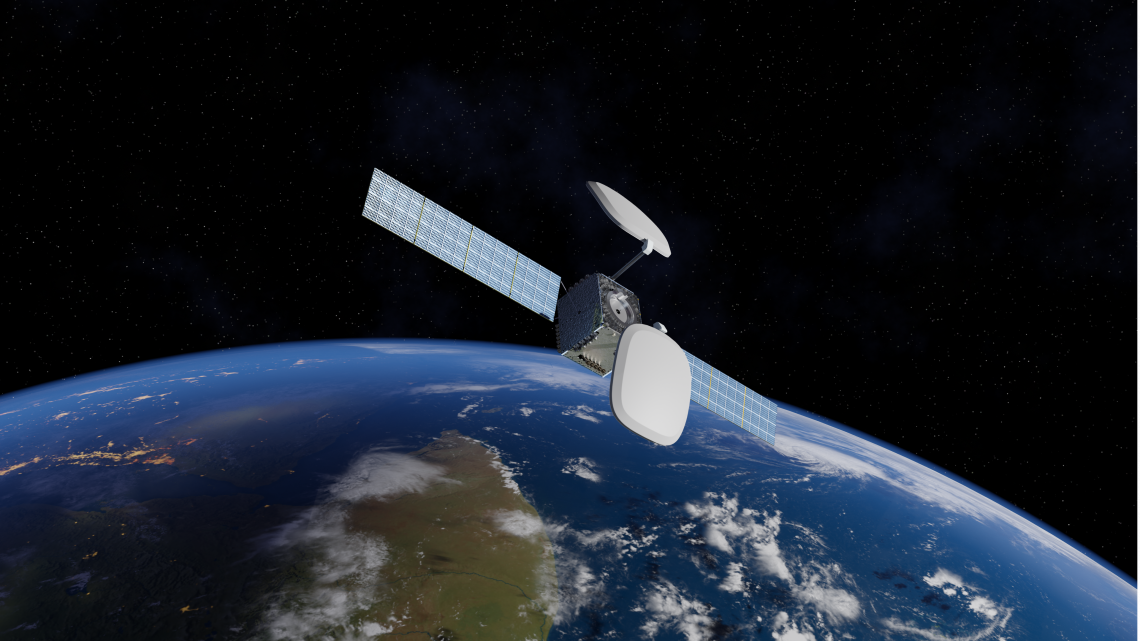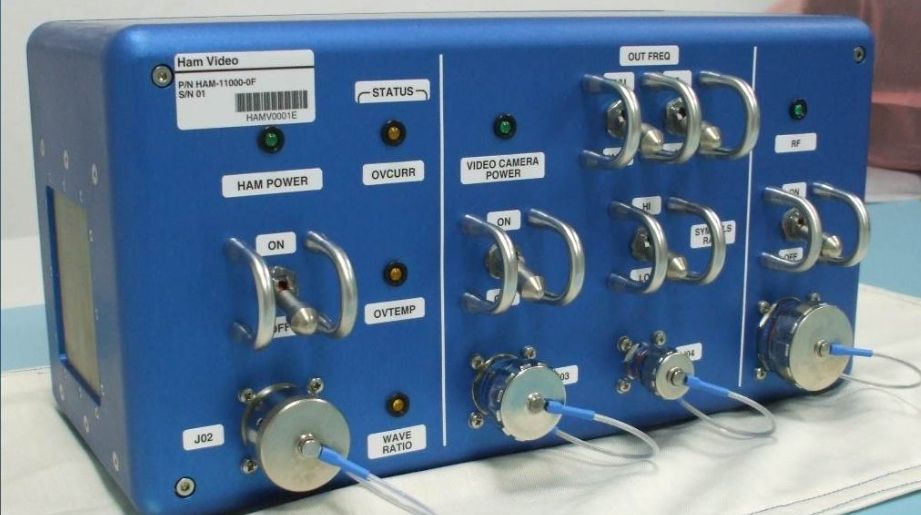Re-posted from ANS-123:
Rome, April 30, 2024 – AMSAT Italia is proud to announce the acquisition of the quote of property of the IO-117 “GreenCube” satellite. The other part of the property remains on behalf of “Sapienza University”, Rome, Italy.
A collaborative work of the parts will let the satellite continue the amateur radio operations after the completion of the primary scientific mission. This will definitively avert the satellite decommissioning process by transferring the legal responsibility of the satellite from the Italian Space Agency to AMSAT Italia. Even formally and legally, the satellite, already known with its original name of GreenCube, becomes for the exclusive use of amateur radio. The scientific community continue the study of the behavior of this type of satellite placed in MEO orbit.
GreenCube was designed and developed by Sapienza University, ENEA and University of Naples Federico II for the Italian Space Agency. AMSAT Italia contributed to design the digipeater and supported amateur radio operations. IARU coordinated the use of the operations in the amateur radio frequency bands.
The satellite was carried on the qualification flight of Vega-C launcher on July 13, 2022 from the French Guiana Space Center in Kourou. On October 29, 2022, the on-board digipeater was activated, allowing GreenCube to become the first ham radio satellite to operate in a MEO orbit. Being a radio amateur worldwide success, AMSAT officially designated the satellite as Italy-OSCAR 117 (IO-117).
AMSAT Italia and Sapienza Space Systems and Space Surveillance Laboratory – S5LAB- are now committed to operate the satellite and to continue to offer the service to the amateur radio community.
For further information please contact AMSAT Italia at segreteria at amsat.it
The original press release can be found at https://www.amsat.org/wordpress/wp-content/uploads/2024/05/AMSAT_Italia_acquires_the_IO-117_Greencube_satellite.pdf





